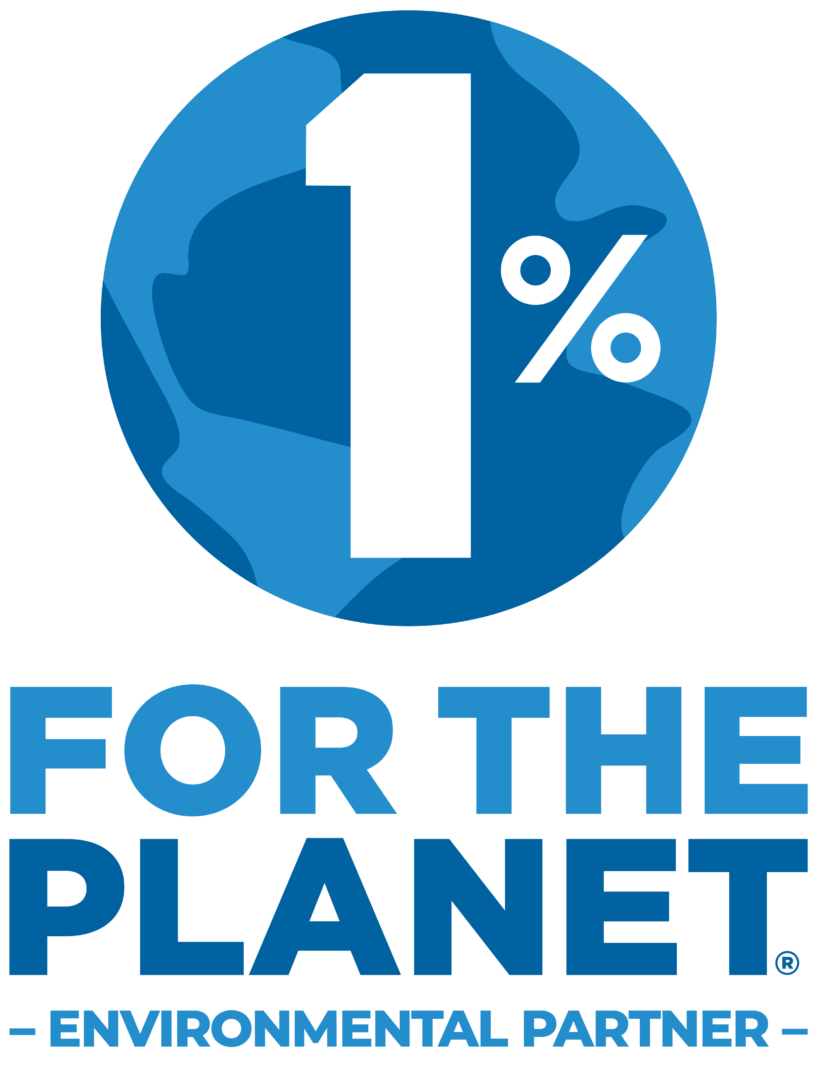The Hidden Cost of Charcoal
What Americans think of as a harmless summer BBQ item is, for many, a matter of life and death when we add up the hidden cost of charcoal.
Charcoal, a seemingly simple product, carries heavy environmental and social consequences. In low-income rural areas especially, its production fuels a vicious cycle of deforestation, climate change, soil erosion, and pollution, all while exacerbating existing poverty and jeopardizing human health.
Burning Forests
The most immediate impact lies in deforestation. In many rural areas of Africa and Latin America, traditional cookstoves are fueled by charcoal, and charcoal production methods rely on cutting down trees. Without proper reforestation efforts, these vital ecosystems are stripped bare and the harvested trees are no longer able to help sequester carbon dioxide from the atmosphere. When trees are excessively harvested, greater atmospheric carbon results in climate change, felt as an increase in temperature and erratic weather patterns.

Climate change has its harshest effects on the communities where charcoal production for stoves is highest, as these communities typically rely on agriculture for their livelihoods. It disrupts agricultural cycles, leading to crop failures and food insecurity – a cruel twist for communities already struggling with poverty. In order to cope, many families increase their charcoal production, which turns this dynamic into a cycle that is difficult to escape.
“When my children were young, I used to wonder how I would make it all work,” recalls Elizafat in Peñoles, Mexico. “We had school expenses! My husband would cut firewood, sell some of our trees as charcoal. There were still days where we would run out of money to use on food, clothing, or shoes.”
The environmental damage doesn't stop there. Deforestation exposes the soil to harsh elements. Without the protective cover of trees, soil becomes vulnerable to erosion. This reduces agricultural productivity and pollutes waterways with sediment, harming aquatic ecosystems. For a family like Elizafat’s, which primarily relied on agriculture for their livelihood, this soil depletion perpetuated the vicious cycle.
The charcoal production process itself is a significant source of air and water pollution. Cooking wood into charcoal in rudimentary kilns releases harmful gasses like carbon monoxide and particulate matter.
After production, charcoal is used in traditional stoves that release a lot of pollutants during cooking. Some of the most common stoves use elevated posts to hold a pot above burning charcoal, with large open spaces for smoke to escape. This design inefficiently allows a lot of heat and smoke to escape, which disperses pollutants. These pollutants contribute to respiratory illnesses, particularly in women and children who often spend more time indoors tending to fires.

Rosa, a Plant With Purpose member in Mexico was recently able to construct a new stove that uses significantly less firewood. However, it wasn’t long ago that she was subject to the health hazards of charcoal production. “Before having the stove, we cooked with three stones on the ground,” she recalled. The smoke would escape from all sides of the contraption, contaminating the air inside the family home.
Poverty is a major driver of this destructive cycle. In developing countries, particularly in rural areas, charcoal production becomes a source of income, however meager. With limited opportunities for alternative livelihoods, people resort to the most easily available resource - trees. The desperation to survive eclipses the long-term consequences for the environment. In the middle of rural Burundi, a man named Antwan admitted that he would have to harvest all the trees in the area to make them into charcoal. “If I had another way to feed my family, I would welcome it,” he noted. But his charcoal production was a grasp at survival.
However, as the environment degrades, the very source of income for people like Antwan becomes threatened. Deforestation reduces the availability of wood, pushing producers further into forested areas and leading to unsustainable practices. Land degradation due to erosion makes agriculture less productive, further squeezing already strained livelihoods. This creates a trap, where poverty fuels environmental destruction, and environmental destruction deepens poverty.

The impact on human health is undeniable. Air pollution from charcoal production contributes to respiratory illnesses such as asthma, bronchitis, and even lung cancer. Water contaminated by the production process can cause waterborne diseases like diarrhea, cholera, and typhoid. These health problems place a further burden on already struggling communities, reducing their capacity to work and further entrenching them in poverty.
Sustainable charcoal production methods are emerging. These methods involve using wood from managed forests where trees are replanted, or utilizing agricultural waste products as feedstock. Additionally, more efficient charcoal kilns are being developed, minimizing wood waste and air pollution.
Clean cookstoves, which use significantly less fuel and emit fewer pollutants, often come with a higher upfront cost compared to traditional open fires. This can be a major barrier for low-income families. However, Purpose Groups for rural families offer a solution.
These groups support members through training in environmental restoration, as well as savings. It provides a much needed opportunity for members to save money and take out loans. These are often used to improve households, including clean cookstoves. The peer support and accountability within the group ensure timely repayments, allowing the fund to grow and benefit more members.
In these groups, members are also trained in skills like regenerative agriculture, reforestation, and cookstove construction and use. That renews their relationship with the environment and allows the cycle of destruction to be reversed.

“My son built a stove and with two or three logs it gets hot enough to be able to make tortillas,” shares Rosa from Mexico. “The smoke comes out of the chimney so I don’t have to suffer from it. Before having the stove, we cooked with three stones on the ground. The savings group and the support of others are a great help.”
Access to a clean cookstove is just one piece of the puzzle. Training programs can empower households to use these stoves effectively, maximizing fuel efficiency and safety. This training can cover topics like proper stove operation, maintenance, and using alternative fuels like biogas or solar-powered options. Holistic training will also go beyond use of an individual stove, and incorporate how the adoption of these stoves en masse can bring relief to the surrounding ecosystem. This includes broader awareness of forest management and the role trees play. With this in focus, community members become guardians of the forest instead of exploiters
Clean cookstoves bring immediate benefits to households. The significant reduction in air pollution within homes drastically improves respiratory health, especially for women and children who spend more time cooking. Studies have shown a decrease in respiratory illnesses like bronchitis and pneumonia in homes using clean cookstoves.
“Some of the changes I’ve seen came when we started to use wood-saving stoves. I no longer had to worry about being burned by the flames or the comal, or choked up by the smoke. And we consume far less wood as I feed my family. We have enough water for household needs, and we’ve reduced pollution,” adds Maria.

Furthermore, clean cookstoves are more fuel-efficient, requiring less wood or charcoal. This not only saves money for families but also frees up time previously spent collecting fuel. This saved time can be used for income generation or education, empowering women and improving family well-being.
The benefits extend beyond individual households. Reduced deforestation due to lower charcoal demand contributes to a healthier environment for the entire community. Soil erosion lessens, and air and water quality improves. This translates to a more sustainable future for future generations, both locally and globally.
At the global level, the shift towards clean cookstoves contributes to the fight against climate change. Reduced wood consumption means less carbon dioxide released, mitigating the effects of global warming.
By facilitating access to clean cookstoves through savings groups and training programs, rural communities can break free from the cycle of poverty, ill-health, and environmental degradation that are all found in the hidden cost of charcoal. This empowers individuals, strengthens communities, and paves the way for a healthier planet.
Promoting these sustainable practices requires a multi-pronged approach. Firstly, creating alternative livelihoods for people currently dependent on charcoal production is crucial. This could involve supporting the development of small businesses or providing training in sustainable agriculture practices, both of which are key targets of a Purpose Group.
“After I attended a training on how to reduce our use of firewood by making better stoves, I decided to try to recreate this training for other members of the community,” adds Ella. She received her training via her Purpose Group in Burundi. “My hope is that participation by a large number of households will contribute to the overall protection of trees planted on our farms,” she adds.

Secondly, raising awareness about the environmental and health impacts of unsustainable charcoal production is essential. Educational campaigns targeted at communities can empower them to make informed choices and advocate for sustainable practices to stem the hidden cost of charcoal.
Finally, international cooperation and investment in developing countries are crucial. Financial and technological assistance can help these nations implement sustainable charcoal production methods and develop alternative energy sources.
Ultimately, breaking the cycle of poverty, deforestation, and ill health requires a holistic approach that addresses the root causes and invests in a sustainable future for both people and the environment. By transitioning to sustainable practices, we can ensure that the warmth of charcoal doesn't come at the cost of a ravaged planet and the health of its inhabitants.


















